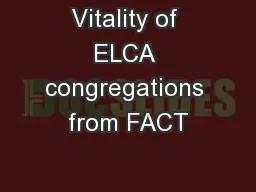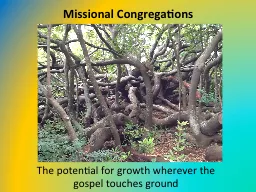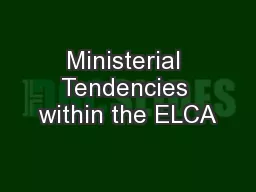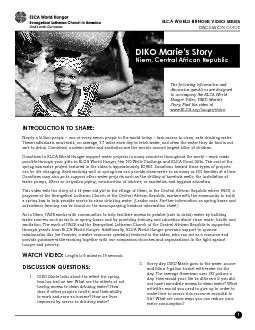PPT-Vitality of ELCA congregations from FACT
Author : pamella-moone | Published Date : 2018-03-19
Linda Bobbitt Researcher Project Manager Congregational Vitality Project Presented at Hartford Seminary November 2015 Are ELCA churches fulfilling their purpose
Presentation Embed Code
Download Presentation
Download Presentation The PPT/PDF document "Vitality of ELCA congregations from FACT" is the property of its rightful owner. Permission is granted to download and print the materials on this website for personal, non-commercial use only, and to display it on your personal computer provided you do not modify the materials and that you retain all copyright notices contained in the materials. By downloading content from our website, you accept the terms of this agreement.
Vitality of ELCA congregations from FACT: Transcript
Download Rules Of Document
"Vitality of ELCA congregations from FACT"The content belongs to its owner. You may download and print it for personal use, without modification, and keep all copyright notices. By downloading, you agree to these terms.
Related Documents














